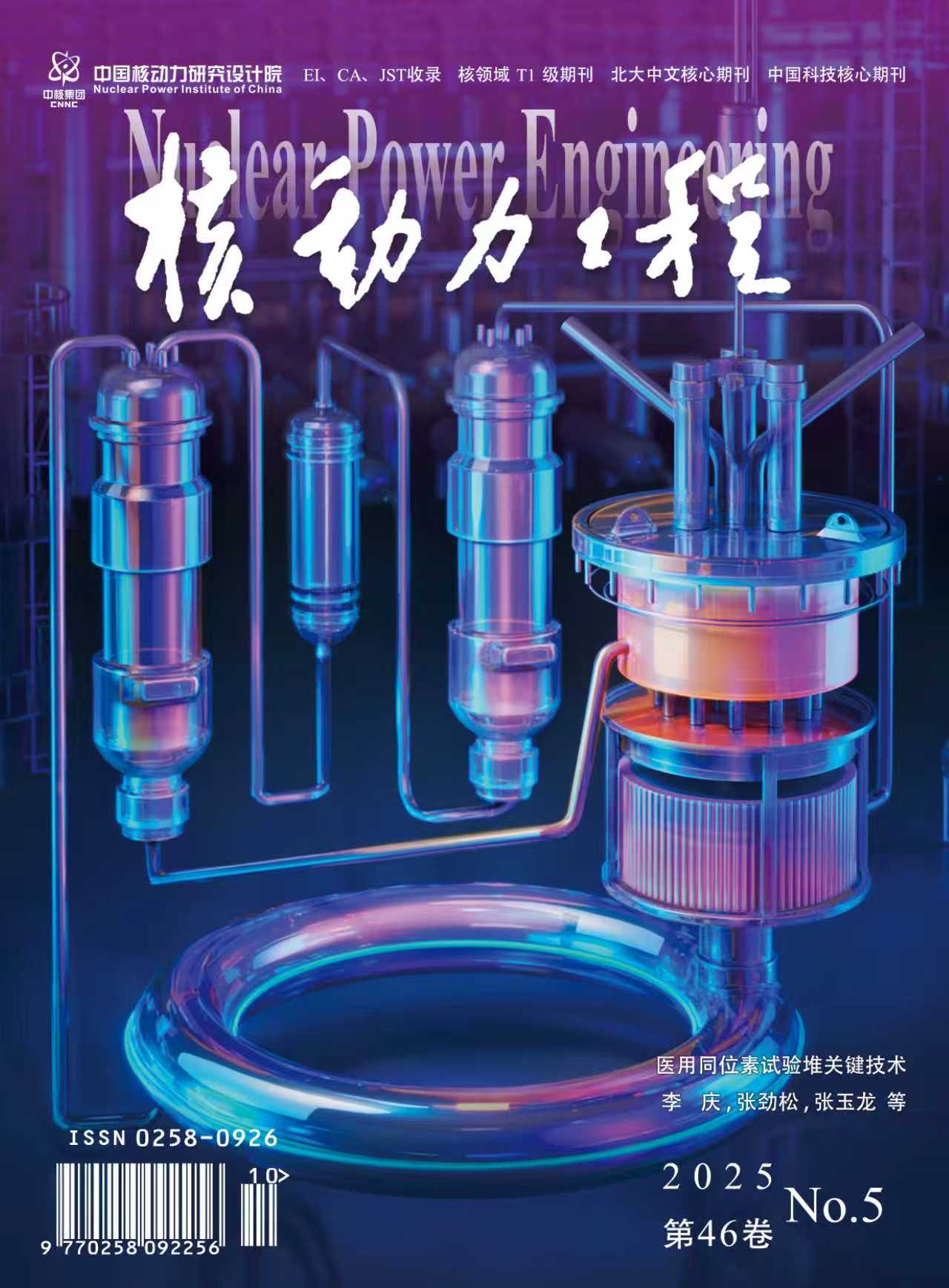2009 Vol. 30, No. 3
Display Method:
2009, 30(3): 1-3,12.
Abstract:
2009, 30(3): 4-6.
Abstract:
2009, 30(3): 7-12.
Abstract:
2009, 30(3): 13-16,21.
Abstract:
2009, 30(3): 17-21.
Abstract:
2009, 30(3): 22-26.
Abstract:
2009, 30(3): 27-29,34.
Abstract:
2009, 30(3): 30-34.
Abstract:
2009, 30(3): 35-37,46.
Abstract:
2009, 30(3): 38-42.
Abstract:
2009, 30(3): 43-46.
Abstract:
2009, 30(3): 47-50.
Abstract:
2009, 30(3): 51-55,61.
Abstract:
Feasibility Analysis for Application of Compact Power Reactor Fuelled with Uranium Zirconium Hydride
2009, 30(3): 56-61.
Abstract:
2009, 30(3): 62-65.
Abstract:
2009, 30(3): 66-71,110.
Abstract:
2009, 30(3): 72-84,94.
Abstract:
2009, 30(3): 85-90,130.
Abstract:
2009, 30(3): 91-94.
Abstract:
2009, 30(3): 95-98.
Abstract:
2009, 30(3): 99-101.
Abstract:
2009, 30(3): 102-106.
Abstract:
2009, 30(3): 107-110.
Abstract:
2009, 30(3): 111-114,130.
Abstract:
2009, 30(3): 115-118,144.
Abstract:
2009, 30(3): 119-121,144.
Abstract:
2009, 30(3): 122-125.
Abstract:
2009, 30(3): 126-130.
Abstract:
2009, 30(3): 131-135.
Abstract:
2009, 30(3): 136-140.
Abstract:
2009, 30(3): 141-144.
Abstract:



